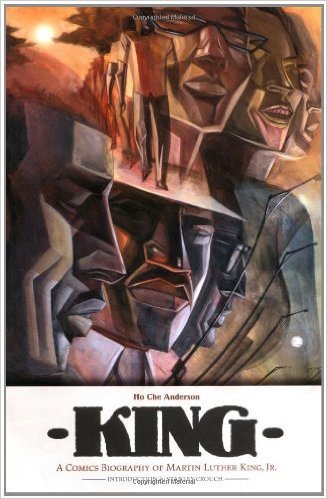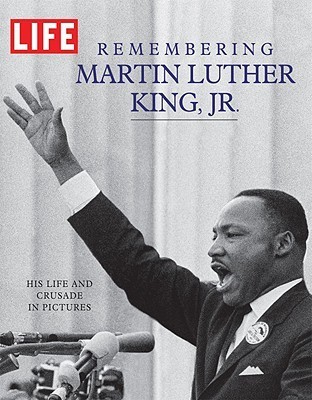
March: Book One
Book Description
A young boy, filled with hope and vision, stands at the cusp of a revolution that will change America forever. "March: Book One" masterfully unveils the gripping journey of civil rights icon John Lewis as he charges into the heart of a divisive era, ignited by the flames of injustice and courage. Through vivid illustrations and poignant storytelling, the battle for equality unfolds in breathtaking clarity, revealing the steadfast spirit of those who dared to dream of a better future. How far would you go to secure your right to be heard?
Quick Book Summary
"March: Book One" is a compelling graphic memoir chronicling the formative years of John Lewis, a key figure in the American civil rights movement. Set against the backdrop of the segregated South, it traces young Lewis’s journey from a humble childhood on an Alabama farm to his early activism. Through accessible comic panels and evocative storytelling, the book illustrates his awakening to racial injustices, his inspiration from Martin Luther King Jr., and the steps he takes to become actively involved in nonviolent protest and the nascent sit-in movement. This first volume in the "March" trilogy presents not only the profound challenges faced by African-Americans but also the unwavering resolve and bravery of those who dared to resist. Lewis’s story serves as both a personal account and a powerful introduction to the struggle for civil rights.
Summary of Key Ideas
Table of Contents
Awakening to Injustice and Hope
"March: Book One" opens with John Lewis as a young boy in rural Alabama, tending to the family farm and dreaming of becoming a preacher. His childhood is rooted in strong faith and a supportive family, but he is soon confronted with the harsh realities of Jim Crow segregation. The book illustrates Lewis’s early sense of justice, sparked by everyday encounters with systemic racism. Through his experiences, readers witness the quiet dignity and hope that begins to shape his worldview, even as he grows increasingly aware of the deep-seated inequalities all around him.
The Role of Faith and Nonviolence
Lewis's early years are profoundly influenced by his religious upbringing and the church. Faith becomes both comfort and catalyst, guiding his moral development and fueling a desire to speak out against injustice. When he learns about the stirring sermons of Martin Luther King Jr. on the radio, Lewis finds inspiration and a guiding philosophy: the power of nonviolent resistance. This period of searching and self-discovery sets Lewis on a path toward activism, as he grapples with how his beliefs can be put into practice in a segregated society.
Education, Inspiration, and Mentorship
Education and mentorship play pivotal roles in Lewis's journey. Through his schooling and connection to the broader world via radio and news, Lewis becomes aware of the burgeoning civil rights movement. He reaches out to Dr. King directly, demonstrating both his initiative and longing for change. Under the mentorship of established activists, Lewis is introduced to the practice of disciplined, nonviolent protest. He learns that meaningful change requires coordination, courage, and a steadfast commitment to harmony, even in the face of hostility.
Power and Impact of Collective Action
As Lewis transitions from student to activist, "March: Book One" details his involvement in organizing and participating in the pioneering lunch counter sit-ins. These collective actions, rooted in the principles of nonviolence and strategic civil disobedience, ignite a broader movement and inspire others across the country. Despite threats, violence, and arrests, the young activists exhibit resilience and resolve. Their actions demonstrate the transformative power of unified, peaceful protest, marking a turning point in the struggle for civil rights.
Endurance Amidst Adversity
The memoir closes with Lewis and his peers drawing strength from each other, confronting adversities with hope and discipline. The narrative is interwoven with the events of Barack Obama's 2009 presidential inauguration, signaling the enduring resonance of their struggle and its relevance for new generations. "March: Book One" not only recounts pivotal civil rights events but also celebrates the unyielding spirit of young people who dare to imagine and work toward a more just world.
Download This Summary
Get a free PDF of this summary instantly — no email required.





